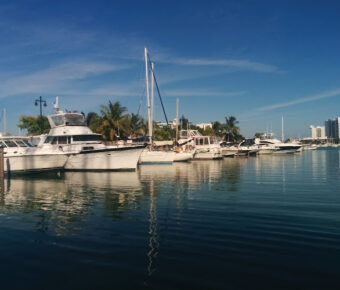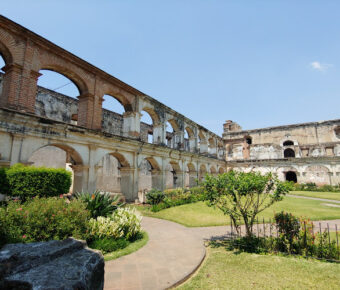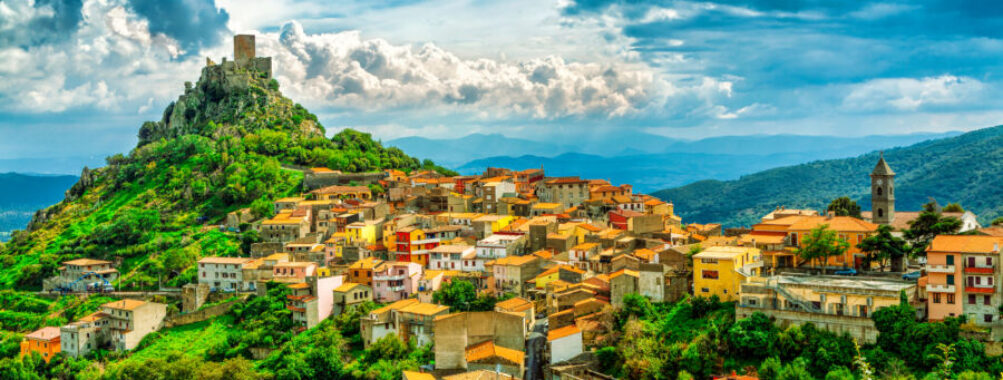
The Ultimate Guide to Visiting Sardinia: Best Times, Hidden Gems, and Local Secrets
Ah, Sardinia – the jewel of the Mediterranean that’s been stealing hearts with its pristine beaches and turquoise waters. As someone who’s spent countless summers frolicking on its shores and exploring its rugged interior, I can’t wait to spill the beans on when to visit this slice of paradise. So grab a cappuccino, get comfy, and let’s dive into the nitty-gritty of planning your perfect Sardinian getaway!
Contents
- When’s the Sweet Spot to Visit?
- June: The Anticipation of Summer
- September: The Afterglow of Summer
- When to Steer Clear
- Winter Woes (December-February)
- July and August: The Sardinian Stampede
- The In-Between Months: A Mixed Bag
- April, May, and October: The Shoulder Season Sweet Spot
- March and November: The Wild Cards
- Hidden Gems and Local Secrets
- Packing Tips from a Sardinia Pro
- The Last Word
- More Travel Guides
When’s the Sweet Spot to Visit?
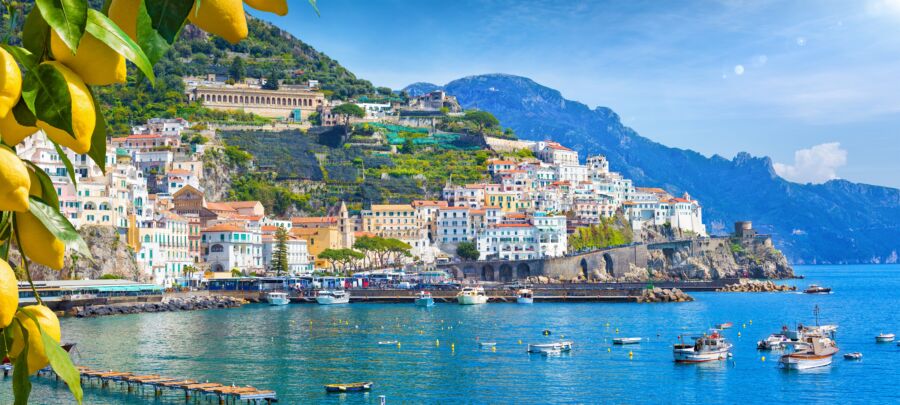
Look, I’ll let you in on a little secret – June and September are the golden tickets to Sardinia heaven. Why, you ask? Well, let me break it down for ya:
June: The Anticipation of Summer
- Long, sunny days (we’re talking 15 hours of daylight!)
- Warm but not scorching temps (average highs around 26°C/79°F)
- Beaches still have that untouched feel
- Locals are in high spirits as the season kicks off
But here’s the kicker – the water can be a tad chilly for some (around 20°C/68°F). If you’re a wimp like me in cold water, you might want to stick to quick dips.
September: The Afterglow of Summer
- Still plenty warm (average highs around 27°C/81°F)
- Sea’s had all summer to warm up (a toasty 23°C/73°F)
- Fewer crowds as families head back to school
- Cheaper prices as peak season winds down
The only downside? It gets dark earlier, so your beach days might be cut a bit short.
When to Steer Clear
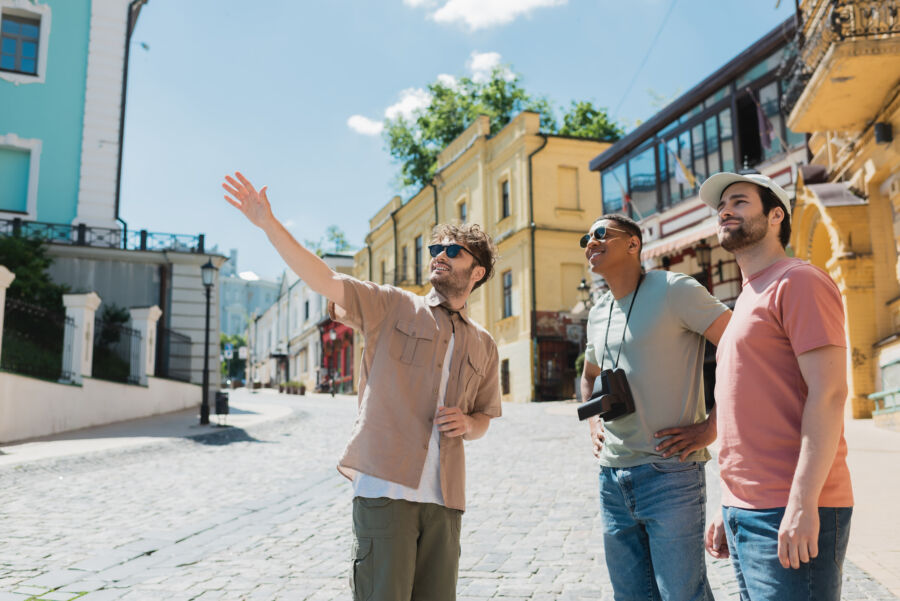
Now, I hate to be a Debbie Downer, but there are a couple of times you might want to think twice about visiting:
Winter Woes (December-February)
Look, I get it – the idea of escaping to a Mediterranean island in winter sounds dreamy. But trust me, Sardinia in winter is not the tropical getaway you’re imagining. Here’s why:
- It’s windy as all get-out (seriously, you might get blown away)
- Everything’s closed – and I mean everything
- It’s pretty darn lonely (unless you’re into ghost towns)
July and August: The Sardinian Stampede
I know, I know – peak summer sounds perfect. But here’s the deal:
- It’s packed to the gills with tourists
- Prices skyrocket (your wallet will hate you)
- It can get stupid hot (we’re talking 35°C/95°F and up)
- Good luck finding a spot on the beach
But hey, if these are your only options, don’t let me stop you! Just book early and be prepared for crowds.
The In-Between Months: A Mixed Bag
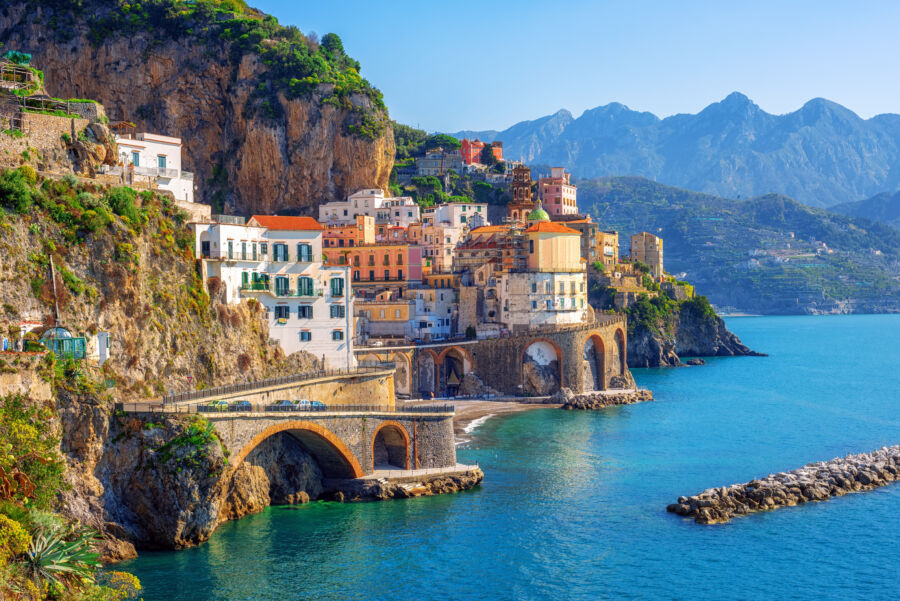
Alright, so what about the rest of the year? Well, it’s a bit of a gamble, but it can pay off big time if you’re lucky:
April, May, and October: The Shoulder Season Sweet Spot
- Mild temps (average highs around 20-23°C/68-73°F)
- Some businesses start to open up
- Cheaper prices and fewer crowds
- Possibility of beach days (if you’re brave!)
March and November: The Wild Cards
- Weather’s unpredictable (could be nice, could be a washout)
- Most places still closed
- Cheaper flights and accommodations
- Great for exploring inland Sardinia
Hidden Gems and Local Secrets

Now that we’ve covered the when, let’s talk about some off-the-beaten-path spots that’ll make your Sardinian adventure truly unforgettable:
- Cala Goloritzé: This hidden beach is a bit of a hike to get to, but trust me, it’s worth every step. Crystal-clear water, limestone cliffs, and a natural arch that’ll make your Instagram followers drool.
- Orgosolo: Forget the beaches for a day and head inland to this mountain village known for its incredible street art. It’s like an open-air museum!
- La Pelosa Beach: Okay, it’s not exactly hidden, but go in the shoulder season and you’ll have one of Sardinia’s most beautiful beaches practically to yourself.
- Su Nuraxi di Barumini: History buffs, listen up! This UNESCO World Heritage site is a mind-blowing Bronze Age complex that’ll transport you back in time.
- Archipelago of La Maddalena: If you’re visiting in June or September, take a boat trip to these stunning islands. The water is so clear you’ll think you’re hallucinating.
Packing Tips from a Sardinia Pro

After years of over and under-packing for Sardinia, I’ve finally nailed down the essentials:
- Windproof jacket: Trust me on this one, you’ll thank me later
- Sturdy walking shoes: For exploring those hidden coves and mountain villages
- Reef-safe sunscreen: Protect your skin and the beautiful Sardinian marine life
- Insect repellent: Those Mediterranean mosquitoes are no joke
- Reusable water bottle: Stay hydrated and eco-friendly!
The Last Word
Listen, no matter when you visit Sardinia, you’re in for a treat. This island has a way of working its magic on you, whether you’re lounging on a packed beach in August or wandering through a quiet village in April.
Just remember – be flexible, embrace the local pace of life (read: slow), and don’t be afraid to converse with the locals. You might just end up at a family dinner, sipping homemade mirto and wondering how you got so lucky.
So what are you waiting for? Start planning that Sardinian adventure! And who knows, maybe we’ll bump into each other on a hidden beach somewhere. Ciao for now!
Sources:
- Sardinia Climate Data: https://www.climatestotravel.com/climate/italy/sardinia
- UNESCO World Heritage Site – Su Nuraxi di Barumini: https://whc.unesco.org/en/list/833/
